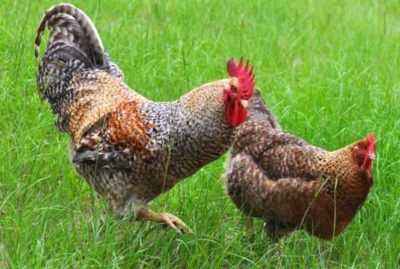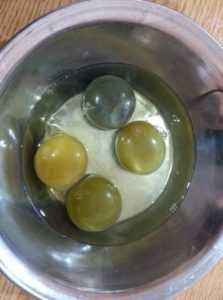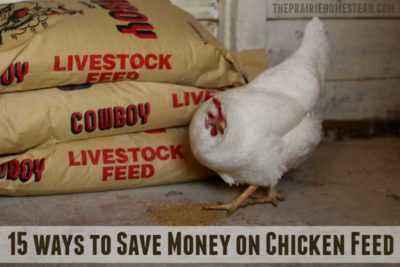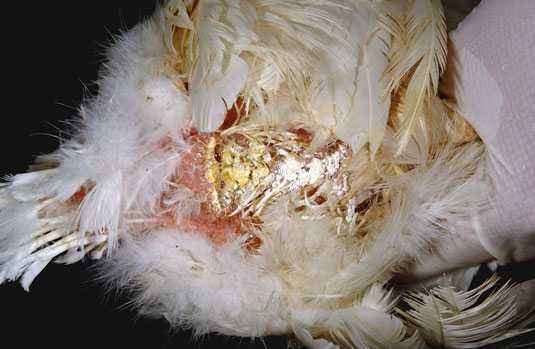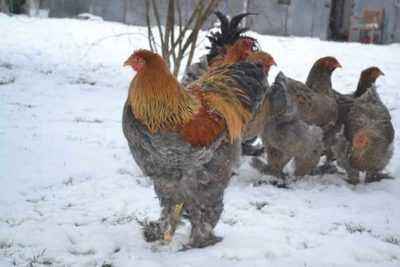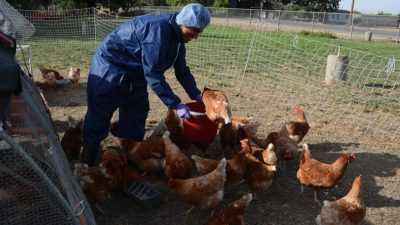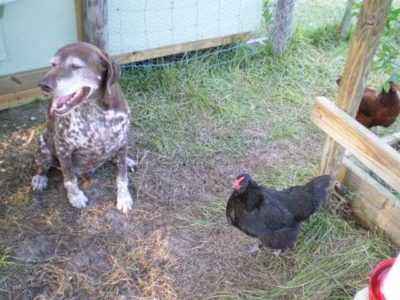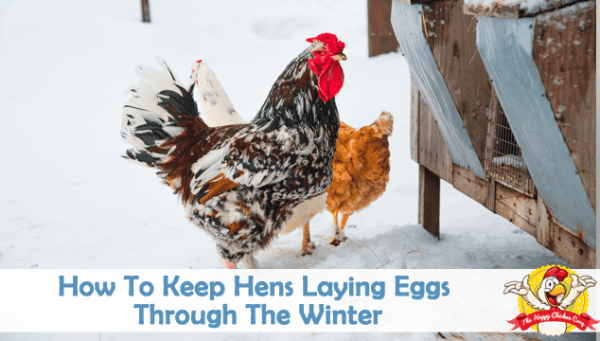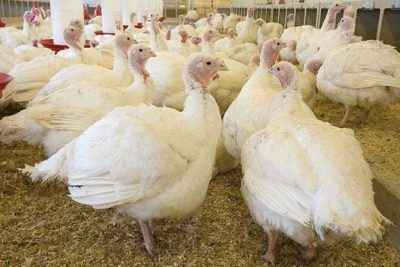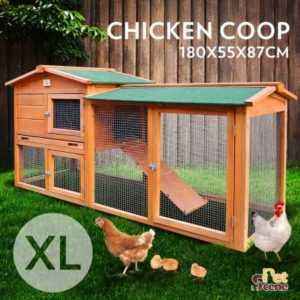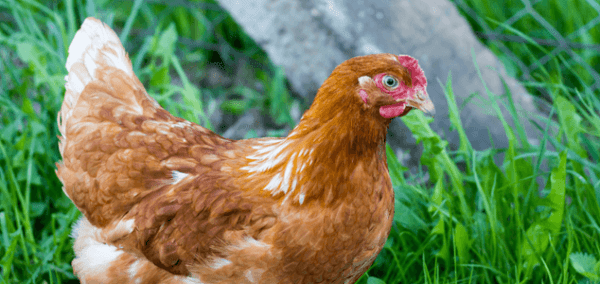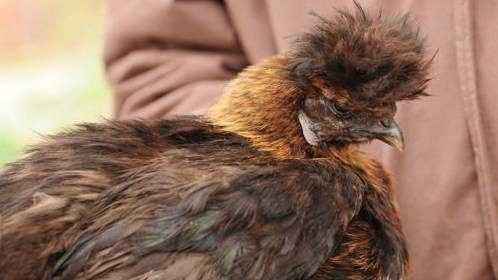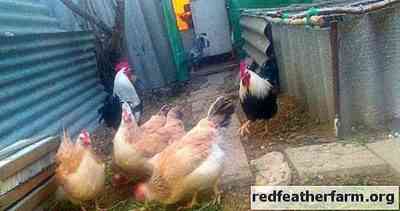Quail breeds have been bred over the past 100 years. The first was tamed ordinary wild quail. Then people began to improve the qualities they needed. The result was productive poultry from which you can get meat and eggs. The decorative direction developed separately, because quails are not only useful, but also beautiful birds. In some countries they are also bred as fighting and songbirds.
- quail egg breeds;
- meat-egg varieties;
- quail meat breeds;
- decorative species.
Not all breeds can be clearly squeezed into this classification.For example, you can get enough eggs and meat from both egg-laying and meat-laying eggs. An average quail carries between 250 and 350 small testicles per year. Meat breeds are very heavy. If the mass of ordinary quail is 120-160 g, then meat quail can weigh 250 and even 300 g. Females are usually 15% heavier than males.
Decorative breeds are distinguished by a beautiful original plumage. They are bred as a decoration of a bird’s yard. Often, such quail can be seen in zoos or in public gardens. There are fighting quail that participate in competitions. But they are now rare, as in most countries animal fighting is prohibited. Males of this species during the mating season emit deep guttural sounds that many people like. Below are the most popular quail breeds, their photos and descriptions. Which breed is the best, everyone can decide for himself.
English quail
There are 2 shades of English quail: white and black. These varieties differ not only in plumage, but also in some product characteristics. The English quail breeds and their product characteristics are described below.
English little white quail
The English white quail was created on the basis of the Japanese breed. As the name implies, the plumage of a bird is white. The difference between males and females is almost imperceptible.They are separated according to the shade of the cloaca (the female is bluish, the male pink) and the specific yellow secret that stands out in males. Sex can be determined no earlier than one month.
Quails of this variety are considered meat. They have tasty meat, and light-skinned carcasses have a good presentation. Product characteristics are as follows:
- the weight of females is 160-180 g;
- the weight of males is 140-160 g;
- the number of testicles is 250-300 pieces throughout the year;
- egg weight – 10-11 g.
Keeping and breeding birds does not cause problems. The breed is unpretentious, the eggs are well fertilized, the hatchability and survival rate of the chicks is high, because English white quail can be seen in many farms.
English black quail
English black quail is also bred on base of japanese. His breeding is not as popular as growing white. The fact is that the carcass of this bird is dark, and not everyone likes this color. The plumage of this species of quail is from dark brown to black. Product characteristics are somewhat superior to white quail indicators:
- maximum weight of females – 200 g, males – 170 g;
- annual number of eggs meat breeds of quail – 280 pcs .;
- egg weight – 10-11 g.
There are broiler quail egg breeds and black quail varieties. They weigh 200-210 g, but egg production is lower, approximately 160-180 pieces per year.This type of quail is bred more often for amateur purposes and for domestic consumption.
Virginian variety of quail
Virginian quail is a beautiful bird that is bred for decoration. They used to be hunted like game. In recent years, the cellular content of the breed has been practiced to produce tasty meat. Here’s what beautiful quail from Virginia looks like:
- the size of the body is medium, about 22 cm in length;
- the head is small;
- the beak is short, squeezed from the sides , the upper part bends down, the beak is jagged below;
- from the forehead to the neck there is a white strip, in the center of the head there is a black cap;
- the feathers on the back of the head are red and brown;
- on the neck – a ring of black feathers;
- at the base of the back, the plumage is gray with white tips;
- the body is brown with a red hue;
- under the body brown in the general background there are light broad strips;
- the feathers on the breast have a blackish edging.
Egg-laying capacity of Virgin quail is low, in the wild they lay 8-14 testicles, in domestic conditions carry 60-80 pcs. per year. The males sing beautifully during the mating season, they climb up the hill and give out the sounds of “bob white.” Keeping birds is not difficult. Quail live in both pens and cages.
California quail
California crested quail is also a decorative bird. There are three varieties in nature. In America, birds have been raised for a long time, in Europe they began to appear only in recent years.Here is a description of the bird’s appearance:
- the head is small, with a black tuft of 4-7 feathers curved forward;
- the beak is short, strong, slightly curved;
- corpus stocky, squeezed on the sides;
- legs are medium in length;
- wings are short and rounded at the tips, the fourth and fifth fly feather are elongated;
- tail shortened, with slightly pronounced steps;
- the forehead is white with yellow, on top there is a narrow white strip that goes to the back of the head;
- crown with a black strip that comes from the crest;
- o t cheeks along the neck and chin there is a white strip in the shape of an inverted moon;
- the nape and neck on top of a bluish-gray hue, each feather has a black rod, a light strip and a speck on the tip;
- the back is olive brown;
- the goiter and breast are gray-blue above;
- on the tummy is a pattern of brown feathers with a black border resembling fish scales;
- legs gray, their height is 23-25 cm;
- the color of the females is less bright, brown-gray tones predominate, on the head there are no black and white ones calf
California quail lays 9-15 testicles. Even at home, they live in pairs, not groups. For each such couple, a separate cell should be built. Like other domesticated quails, California lost their instinct for incubation, because chicks must be raised in an incubator.
Chinese painted quail
Chinese painted quail is also bred for beauty. Its habitat is China, South and East Asia, Australia. Now decorative birds were brought to many other countries. In size, they are the smallest of all quail breeds. Their coloring is very interesting, a wild pheasant has a similar color. Here’s what these handsome men look like:
- black beak, paws orange with yellow;
- cheeks, forehead, goiter and gray sides with a blue hue;
- neck and the area under the beak is black with a white stripe in the shape of a crescent;
- from the beak to the cheeks there are 2 more white stripes;
- the back is brown with dark spots;
- tummy brick-colored;
- the female has a dark brown body on top and a light brown bottom; the picture on the head and neck is the same as that of males.
Hold Chinese painted quail need gr ups, where there are 1 male and 2-4 females. Males are very attentive to their ladies, they will never eat until they get enough. If quail live in an aviary, they can independently sit their testicles. Chicks grow up in a short time and already in 3 weeks look like adults. In winter, quail needs a heated house.
Manchu Golden Quail
Manchu Golden Quail, or Phoenix, is a meat breed. However, it produces very large testicles, albeit in small quantities.Another feature of the Manchurian quail is its magnificent golden plumage, due to which it is partially classified as decorative. It is somewhat reminiscent of the plumage of chickens La Flash, as can be seen from the photo. The product characteristics of this variety are as follows:
- weight of females – 250-300 g;
- mass of males – 200-220 g;
- carcasses of a beautiful light shade;
- the number of eggs – 220 pieces per year;
- the weight of one egg – 16 g;
- the beginning of the laying – 6-7 weeks.
Manchu Golden Quail was obtained on the basis of the Japanese. The breed significantly surpassed its parent in weight, but inferior in terms of egg production. Nevertheless, quail is also kept for the sake of eggs, because their mass is very large: 16 g versus 10-11 g for other quail breeds. To teach grocery eggs, males must be separated from females. It’s easy to distinguish them: in males, a mask on the face of a rusty, dark brown or light ocher shade clearly stands out.
Pharaohs
Quail Pharaohs are representatives of broiler breeds, which were displayed in the USA. There are two varieties: regular and texas. It is believed that the Pharaohs are the most highly productive meat breeds of domesticated quail.
Common Pharaoh
The color of the feathers is the same as that of wild quail or Japanese quail. Because of this color of feathers, carcasses have a not very beautiful appearance and are sold worse.Body dimensions are large, the body is compact, muscular. Product characteristics:
- weight of quail – up to 300 g, quail – up to 270 g;
- number of eggs – 200-220 pcs. per year;
- the weight of one egg is 12-18 g;
- the age of the beginning of laying in laying layers is 6-7 weeks.
It is important to note that when buying hatching eggs or chicks, there is a big risk of getting a livestock not with those product characteristics that are declared. We do not have enough good pedigree quail of the Pharaohs, because they are often crossed with other breeds. It is almost impossible to distinguish a cross without much experience, especially at an early age.
Texas Pharaoh
Texas white quail Pharaoh is one of the largest breeds. The weight of the carcass reaches 250 g, and the live bird – 440-450 g. Description of the appearance of the Texas Pharaoh:
- body is plump;
- the back is expanded;
- breast convex;
- the neck is shortened;
- the legs and tail are short;
- the head is mediocre;
- the beak is flesh-colored, black on the tip;
- eyes are large, dark;
- the color is white, on the back of the head there is a black “island” of 3-4 spots;
- the plumage is lush, fluffy.
Like the English black and white look, the Pharaoh from Texas has a slightly pronounced difference between male and female individuals. Males and females are distinguished by the shade of cloaca and the presence of yellow secretions.Young growth is rapidly growing and recovering, but the rates of egg production, hatchability and survival of chickens are low. The Texas Pharaohs eat no more food than ordinary quail, because the cost of their meat is reduced, given the large mass. The bright appearance of the carcasses allows them to increase their price, as they are in good demand.
Estonian quail
The ancestors of Estonian quail were English white, Pharaoh and Japanese quail. They belong to quail egg breeds with average productivity and rather large body weight. The Estonian has feathers of ocher color with a brown tint, in males 3 yellowish with brown stripes on the head are clearly visible. The female goiter and the area under the beak are light gray, and dark spots are visible on the brown breast.
Estonian quail product characteristics are as follows:
- live weight of mature birds – 170-190 g ;
- the number of eggs – 275-285 pcs .;
- females begin to rush at the age of 37-40 days;
- fertilization of the testes – 92-93%;
- hatchability of young animals – 81-82%;
- survival rate of chicks – 98%.
The Estonian breed of quail is quite popular, therefore it is not possible to choose and buy it makes up the problems. It is universal, from birds you can get a large number of eggs and tasty meat of good quality. In addition, the quail is unpretentious, it does not require special care, it is ideal for growing in any conditions.
Japanese quail
Japanese quail is one of the most famous egg breeds, although a meat broiler direction has also been recently developed.
The Japanese are quite large (body length – 16-17 cm), has a standard brown-gray color. Perfectly lives in a confined space. The quail of Japanese egg breed has the following product characteristics:
- weight of broiler quail – 200-250 g, egg – 150-180 g;
- annual number of eggs – 300 pcs. and more;
- egg weight – 10-12 g;
- the age of onset of egg laying in laying hens is 45-50 days.
Based on Japanese representative was bred English white quail and breed English black quail. Also, the Japanese became the ancestor of the French breed Turedo and the golden Muharion. It is better to keep colored birds at home in pairs, and wild birds – in families with one male and 3-4 females.
Marble quail
Marble quail is a mutated species of Japanese. Received his Moscow laboratory of the All-Russian Institute of Poultry. Breed the breed for the sake of testicles. The name is associated with a unique color: the feathers of the birds are white with a beautiful marble pattern. Thanks to the light pen, carcasses are of high commercial quality.In terms of productivity, the marble breed is not much different from the Japanese:
- females weigh 180-200 g, males – 150-170 g;
- body length – 13-18 cm;
- number of eggs – 300-320 pcs .;
- feed intake per 1 individual – 5-6 kg;
- beginning of egg production – 55-60 days.
Due to the beautiful plumage, marble rock is often grown as decorative birds. They have a pleasant voice, friendly character, quail quickly get used to the person. You can verify this by looking at numerous videos and photos. In addition, Marble breed is quite profitable in terms of food. Crossing of Marble and English quail allowed to breed Moscow white breed with high meat productivity. If we compare it with the white Pharaoh, then the Moscow quail wins, especially in terms of weight.
Tuxedo quail
Once, English black and white quail mixed together. This crossing led to the appearance of a beautiful breed of Tuxedo quails. The top of the body of these birds is dark, and the tummy is white. Both colors come in different shades. On a dark background, you can see a golden or bluish tint, on a light – gray or silver. Also, individuals of fawn color are found.
The productivity of this breed of quail is average. Here is a table of key indicators:
- quail weighs approximately 150-160 g;
- the annual number of eggs is 260-280 pcs.;
- the mass of one egg is 10-11 g;
- the beginning of the laying is 6-7 weeks.
Tuxedo quails are suitable for growing in small private farms. For industrial breeding they have too low productivity. Keeping birds is not a problem, it is a great choice for beginner farmers.
Thus, there is no right decision regarding the best breed of quail for breeding. It all depends on the farmer’s goals, what exactly he needs: meat, eggs or a winged friend that pleases the eye.
